The Black Coulee National Wildlife Refuge is a must-visit nature reserve. It spans over 5,000 acres of protected land in north-central Montana near the Canada–U.S. border. The refuge boasts rolling mixed-grass prairies with key waterways and a significant 173-acre reservoir.
We’ll cover how to get to Black Coulee Wildlife Refuge, its mission to conserve wildlife, and its rich history dating back to 1938. We’ll also dive into the activities the refuge offers, from birding to hiking and the various wildlife you can see throughout the seasons.
- Related article: Visit Wildlife Refuges in Montana
Have you ever wondered what it’s like to enter an untouched natural habitat? The Black Coulee Wildlife Refuge might just be the perfect spot for your next adventure. Let’s explore how this refuge offers a sanctuary for various species and a place for visitors to connect with nature.
5 Key Takeaways on Black Coulee Wildlife Refuge
- The Black Coulee National Wildlife Refuge in Montana spans 5,000 acres and is a sanctuary managed by the U.S. Fish and Wildlife Service.
- The Black Coulee National Wildlife Refuge’s history dates back to 1938. It was established under President Franklin D. Roosevelt to combat the effects of the Great Depression and the Dust Bowl era.
- Activities at the Black Coulee National Wildlife Refuge include birding, fishing, hiking, hunting, photography, and wildlife watching, catering to a wide range of outdoor enthusiasts.
- The wildlife at Black Coulee includes year-round watching opportunities, with notable species like the White-Faced Ibis and Mallard Duck.
- The Black Coulee National Wildlife Refuge actively supports wildlife through management practices. These include prescribed fire, cooperative agriculture, and water control structures.
What to Know About the Black Coulee National Wildlife Refuge
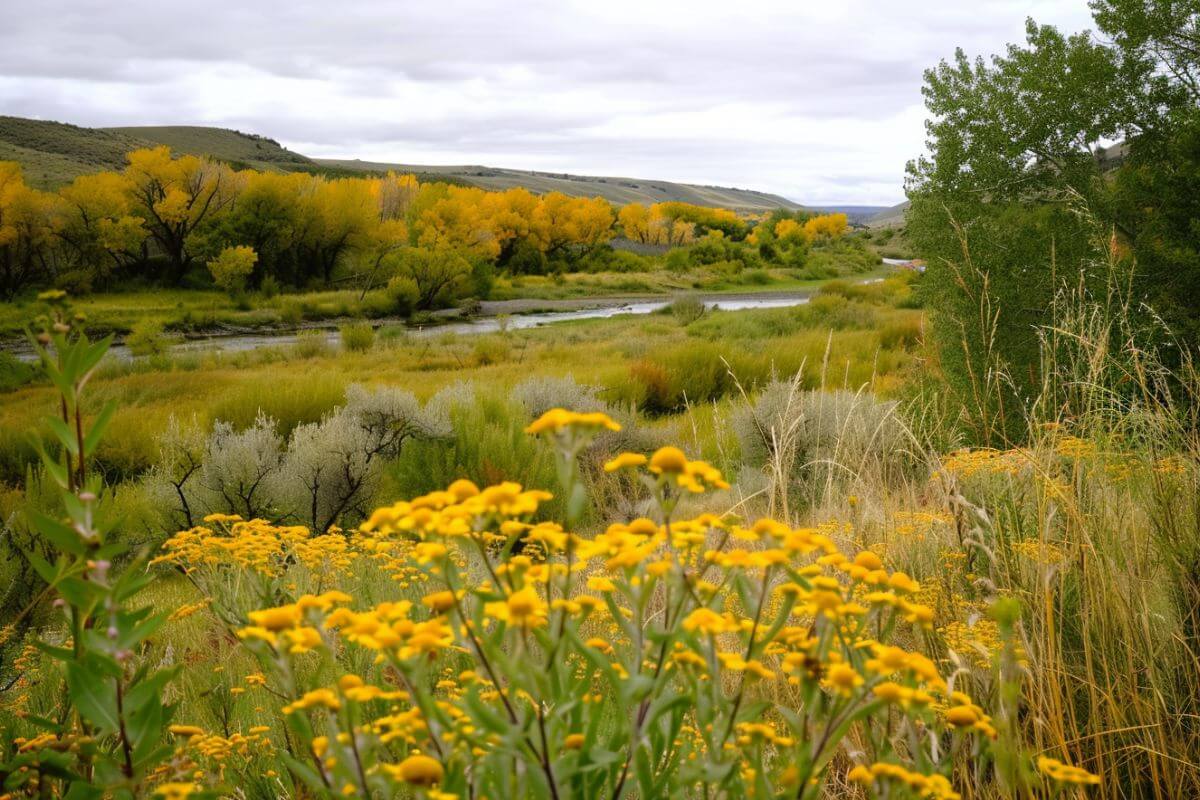
You must be prepared before you set off on your adventure to the Black Coulee National Wildlife Refuge. Located in the heart of Montana, this nature reserve offers a unique experience for nature lovers. Let’s discuss what you need to know before you go.
Where Is the Black Coulee National Wildlife Refuge?
The Black Coulee National Wildlife Refuge is part of the Bowdoin Wetland Management District and spans over 5,000 acres of pristine nature. It’s in north-central Montana, near the Canada–U.S. border. Managed by the Bowdoin National Wildlife Refuge, it’s a sanctuary for various wildlife within its rolling mixed-grass prairie.
Here’s what you need to know about getting to Black Coulee National Wildlife Refuge:
- Address – To visit, head to Bowdoin National Wildlife Refuge Complex, 194 Bowdoin Auto Tour Road, Malta, MT 59538.
- How to Get There – The most straightforward route is from CR 241, around 6.5 miles (10.5 km) south of Turner. Look for a well-marked turnoff to the south. The path initially follows a gravel road for 3.5 miles (5.6 km), then turns southeast for another 1.5 miles (2.4 km) to reach the refuge gate.
- Road Conditions – Access to this remote refuge is via a gravel road. While the road is gated, foot access is allowed but can be challenging during bad weather.
This refuge isn’t just a place on the map. It’s a living, breathing ecosystem with major drainages running through it, shaping the land northeasterly. The centerpiece of the refuge is a 173-acre reservoir, adding to the diversity of its habitat.
What Is the Black Coulee National Wildlife Refuge’s Mission?
The mission of the Black Coulee National Wildlife Refuge is deeply rooted in wildlife conservation. This refuge is part of the National Wildlife Refuge System, where protecting wildlife is the top priority. The U.S. Fish and Wildlife Service oversees these areas, ensuring that the lands and waters are safe for animals.
The Black Coulee Reservoir is a vital water source that is important to this ecosystem. It provides water for migratory birds, offering a safe place for nesting and raising their young. This reservoir also serves as an important resting point for migrating birds in spring and fall.
Here are the tools and techniques used by Black Coulee National Wildlife Refuge to improve wildlife habitats:
- Prescribed Fire – Prescribed fire is used to clear out old plant matter and encourage new growth, which benefits many species.
- Cooperative Agriculture – Cooperative agriculture involves working with local farmers to create the best mix of habitats for different animals.
- Water Control Structures – Water control structures manage water levels, ensuring the right conditions for various creatures.
Conservation is more than a goal at Black Coulee, it’s a way of life. The Refuge System here supports the survival of native wildlife by implementing the best conservation practices. The management strategies focus on maintaining a healthy environment for animals.
What Is the Black Coulee National Wildlife Refuge’s History?
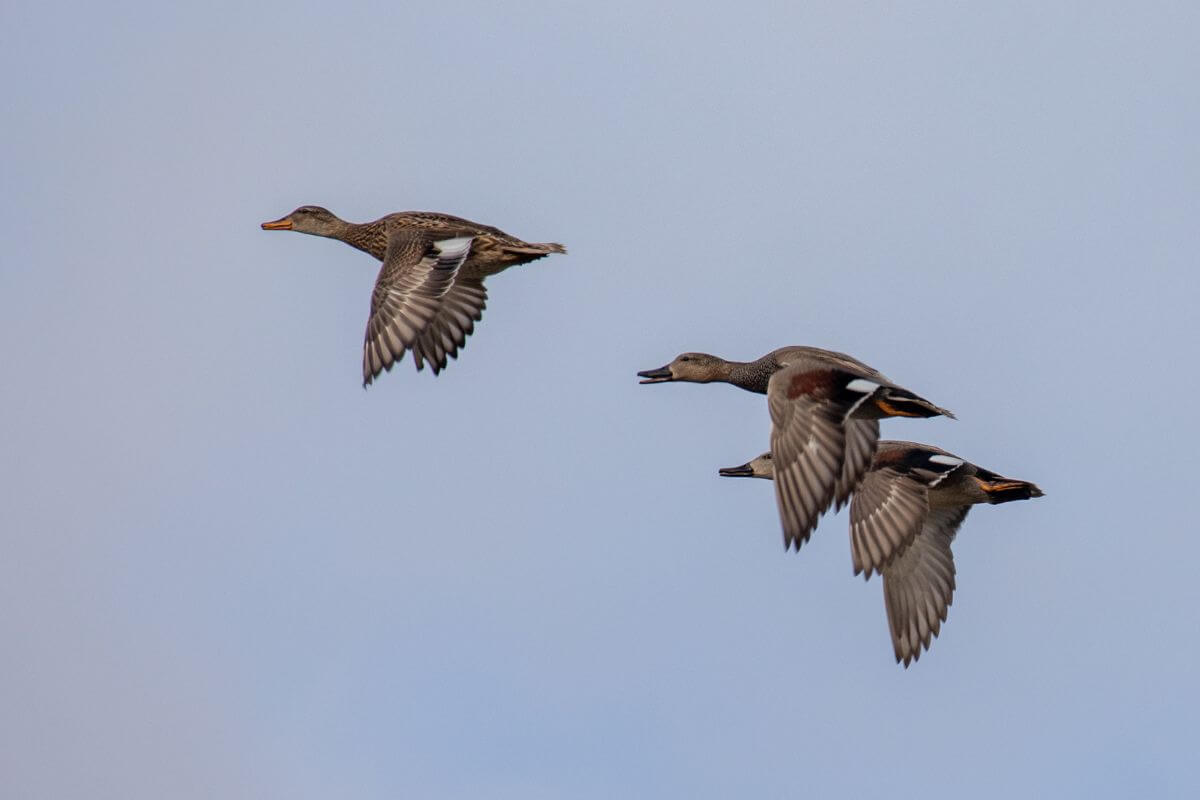
Black Coulee National Wildlife Refuge has a rich history that dates back to a time of great need and innovation. In 1938, during the Great Depression and the Dust Bowl Era, President Franklin D. Roosevelt issued Executive Order Number 7801. This established the Black Coulee National Wildlife Refuge.
This act wasn’t just about creating another protected area, it was a lifeline for people and the land. It was connected to the Emergency Relief Act and the Works Progress Administration (WPA) program, which aimed to lift the country out of economic hardship by providing jobs on important projects.
The Dust Bowl Era brought with it more than just dry, barren land. It brought a stark realization about the importance of water and land management. The focus shifted suddenly and significantly towards saving water, especially for the wildlife and agricultural sectors.
This is where water impoundments, essentially reservoirs, became the heroes. These structures were not just about water storage but about hope and a future. People who had lost everything to the harsh economy and environmental conditions found a new purpose in building these impoundments. It was a way to give back to nature and ensure a better tomorrow for all.
What Activities Can You Do at the Black Coulee National Wildlife Refuge?
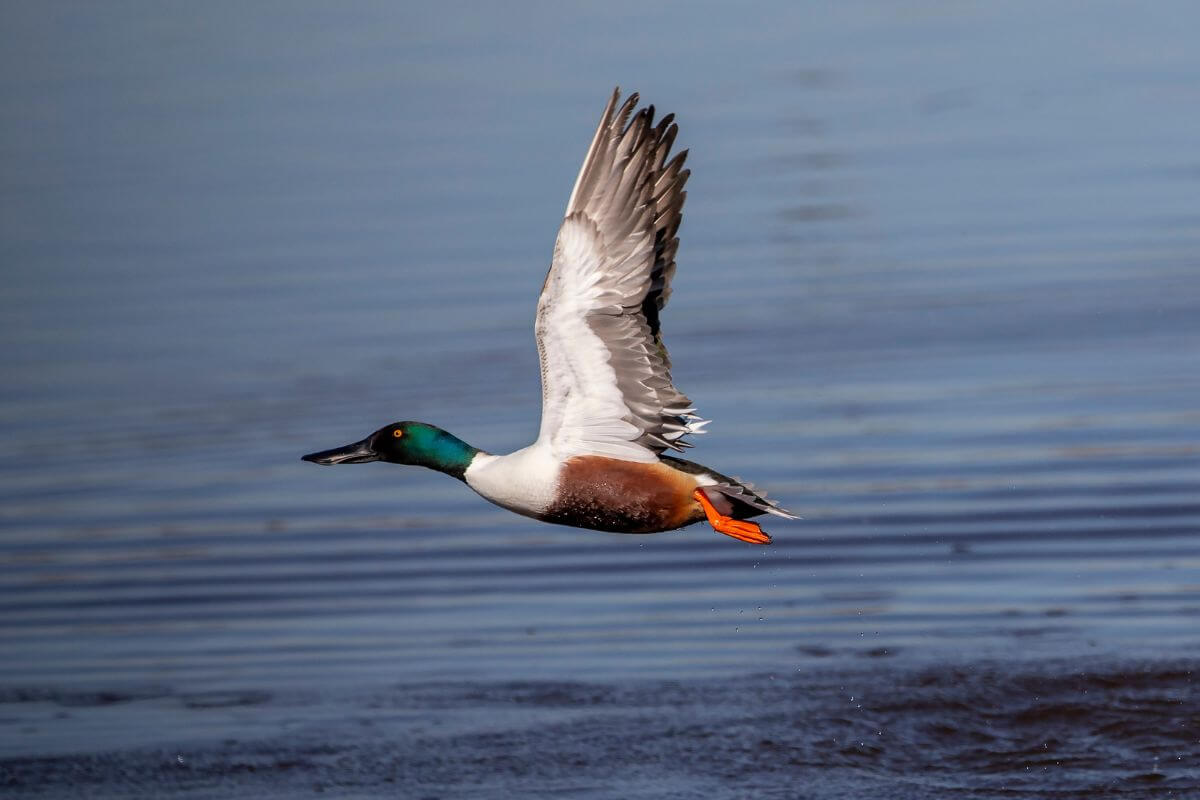
The Black Coulee National Wildlife Refuge is a place where everyone, no matter their abilities, can connect with nature. This refuge is in the heart of the Montana Prairie Pothole Region, known for its unique wildlife and plants.
Here are activities you can enjoy at Black Coulee National Wildlife Refuge to connect with nature:
- Birding – Black Coulee Refuge is home to various bird species, from majestic bald eagles to colorful spoonbills. This place is important for birds because it gives them a safe space to nest, rest, and find food. That’s why Black Coulee is famous around the world for bird watching.
- Fishing and Boating – Fishing and Boating are big hits at the Black Coulee Refuge, thanks to the Black Coulee Dam. The dam created a huge reservoir when it was built in the 1930s to help farmers with water. It’s a great spot to spend a relaxing day on the water, trying your luck with fishing.
- Hiking – Even though there aren’t marked trails at Black Coulee National Wildlife Refuge, it’s an amazing place to see birds and other wildlife. Watch for Baird’s sparrows, Sprague’s pipits, and many more as you walk. It’s a bird-watcher’s dream!
- Hunting – The Black Coulee Refuge is not too crowded with hunters, so this is the place to experience a peaceful hunting trip. You can find a variety of ducks, perfect for both diving and puddle duck hunters.
- Photography – Photography is a growing passion in wildlife refuges, and Black Coulee is no exception. You don’t need fancy equipment here. You can capture amazing moments with the wildlife using a small camera or phone.
- Wildlife Watching – Wildlife viewing is the most popular activity at the refuge. You will surely see incredible animals, from bird watching to spotting fast pronghorn antelope.
You can enjoy wildlife, learn about the environment, and have fun at Black Coulee National Wildlife Refuge.
Different Wildlife You Can See at the Black Coulee National Wildlife Refuge
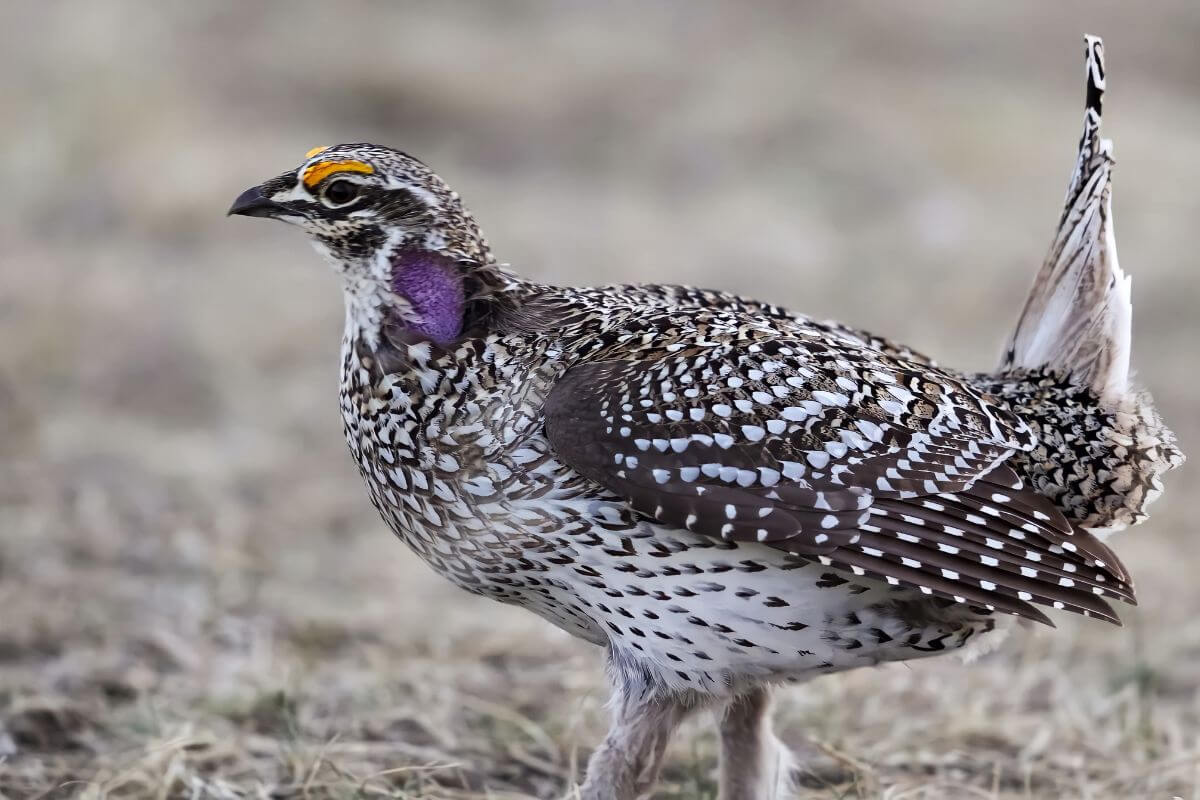
The Black Coulee National Wildlife Refuge is a sanctuary for many wildlife, including various bird species and land animals. Life at the refuge changes with the seasons, offering a unique experience every time you visit.
Here’s what to expect for wildlife watching during each season at Black Coulee National Wildlife Refuge:
- Spring – You can see the start of migration for many bird species during this season. You hear birds singing and see beautiful flowers covering the land.
- Summer – You can see birds nesting in the prairies and wetlands of Black Coulee in summer. As the grasses turn golden, grasshoppers also appear.
- Fall – Fall brings another migration period for birds, with waterfowl heading south. It’s a time of change as the Black Coulee landscape prepares for winter.
- Winter – Winter is the quietest time, but it’s not devoid of life. Keep your eyes peeled for a snowy owl or a group of sharp-tailed grouse.
Here is some of the wildlife you can see at Black Coulee National Wildlife Refuge:
- White-Faced Ibis – White-Faced Ibis are elegant waders known for their long bills, perfect for finding food in the mud. You’ll likely see them in May.
- Wilson’s Phalarope – Wilson’s Phalarope are small shorebirds that arrive in late April. They are a joy to watch as they swim and spin in the water.
- Mallard – Mallard is a familiar duck across North America and a common sight at the refuge, especially in the fall.
Each visit to the Black Coulee National Wildlife Refuge offers a new glimpse into the lives of its inhabitants. Whether you’re a bird enthusiast or simply enjoy the beauty of nature, this refuge is a must-see. Don’t forget your binoculars and camera during your visit — the wildlife here is truly captivating.
Black Coulee Wildlife Refuge Final Thoughts
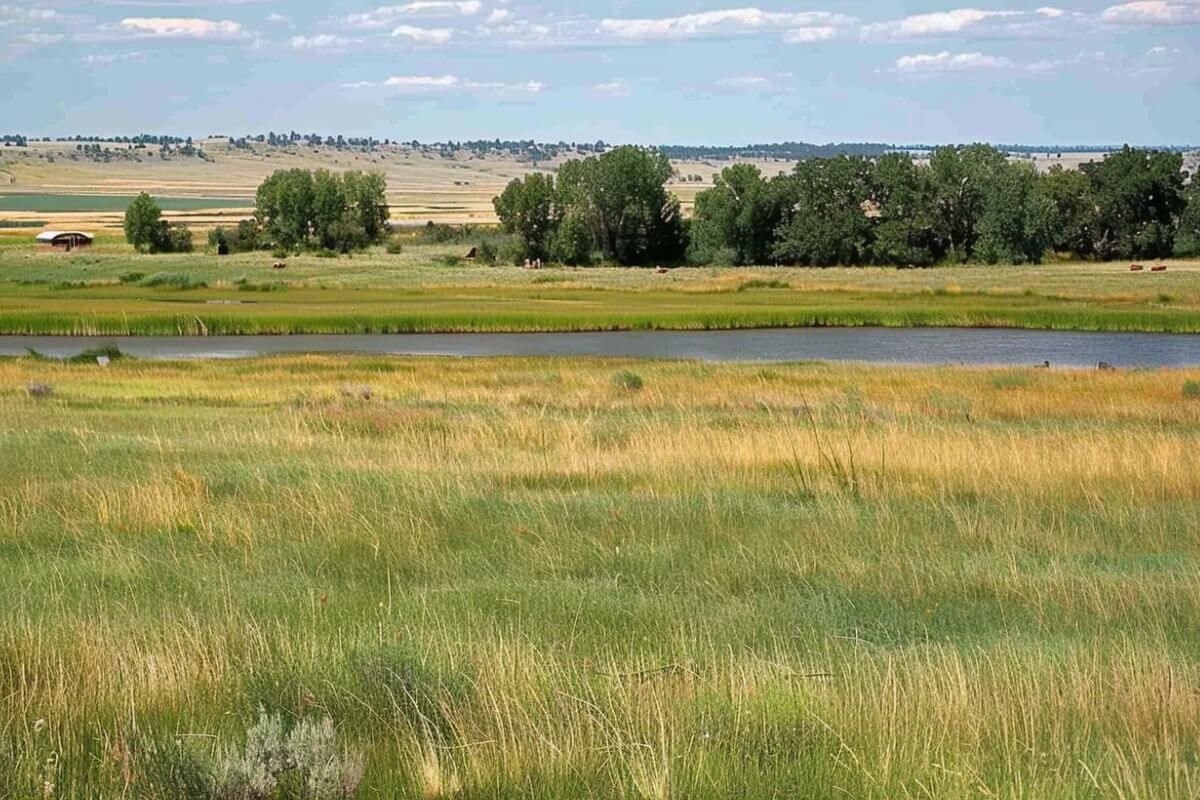
The Black Coulee National Wildlife Refuge shows Montana’s commitment to nature and history. Born during a time of great need and environmental awareness, it offers visitors a chance to connect with the wild in a meaningful way. Free to enter and open around the clock, it welcomes all to explore its 5,000 acres of managed sanctuary.
Managed by the U.S. Fish and Wildlife Service, the refuge’s focus on conservation is evident in its history and present-day practices. It’s not just a place for bird enthusiasts, hikers, hunters, or photographers — it’s a living ecosystem where every management decision is geared toward supporting wildlife.
From the use of prescribed fire to cooperative agriculture, every action is a step towards a balanced environment. As you plan your visit, remember the gravel road access and the importance of respecting nature to ensure a safe and enjoyable trip.
Black Coulee Wildlife Refuge FAQs
1. Which State Has the Largest Wildlife Refuge?
Alaska is home to the largest wildlife refuge in the United States, the Arctic National Wildlife Refuge (ANWR). Spanning an expansive area of approximately 19.3 million acres, ANWR is not only the largest wildlife refuge in the country but also one of the largest protected areas in the world.
2. What Was the First Wildlife Refuge in the U.S.?
The first wildlife refuge in the United States was the Pelican Island National Wildlife Refuge, established by President Theodore Roosevelt in 1903. Located in Florida, Pelican Island NWR was designated to protect the habitat for nesting birds, particularly brown pelicans, which were facing threats from overhunting for their feathers.
3. What Is the Most Famous Wildlife Reserve in the World?
One of the most famous wildlife reserves in the world is the Masai Mara National Reserve in Kenya. The iconic Masai Mara is renowned for its incredible biodiversity. It is considered one of the most important and well-known wildlife conservation areas globally.
4. What Is the Largest Animal Preserve in the United States?
The Arctic National Wildlife Refuge (ANWR) in northeastern Alaska is the largest animal preserve in the United States, covering approximately 19.3 million acres.
5. How Many Wildlife Refuges Are There in the U.S.?
As of 2022, the United States has 588 National Wildlife Refuges. These refuges are managed by the U.S. Fish and Wildlife Service and collectively protect millions of acres of diverse habitats, providing vital sanctuary for wildlife species across the country.
Don’t miss out on the adventure! Continue reading to uncover more about Montana:
- Learn About the Bison Range Wildlife Sanctuary
- Visit Montana’s Bowdoin Wildlife Area
- Charles M Russell Wildlife Refuge Guide
- Guide to Creedman Coulee Wildlife Refuge

